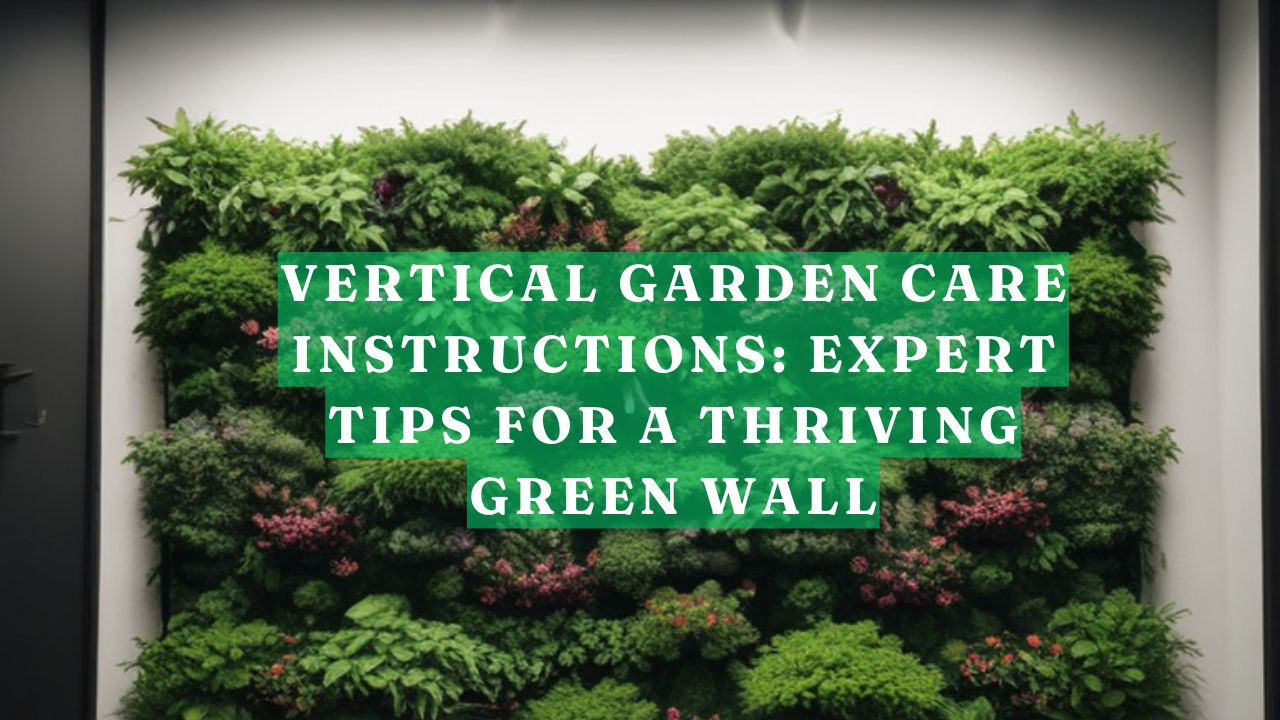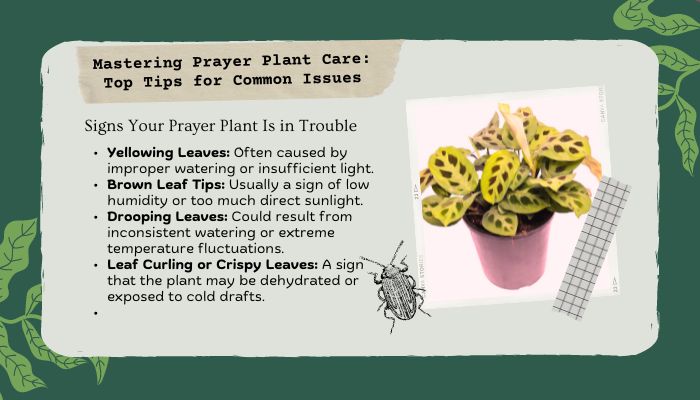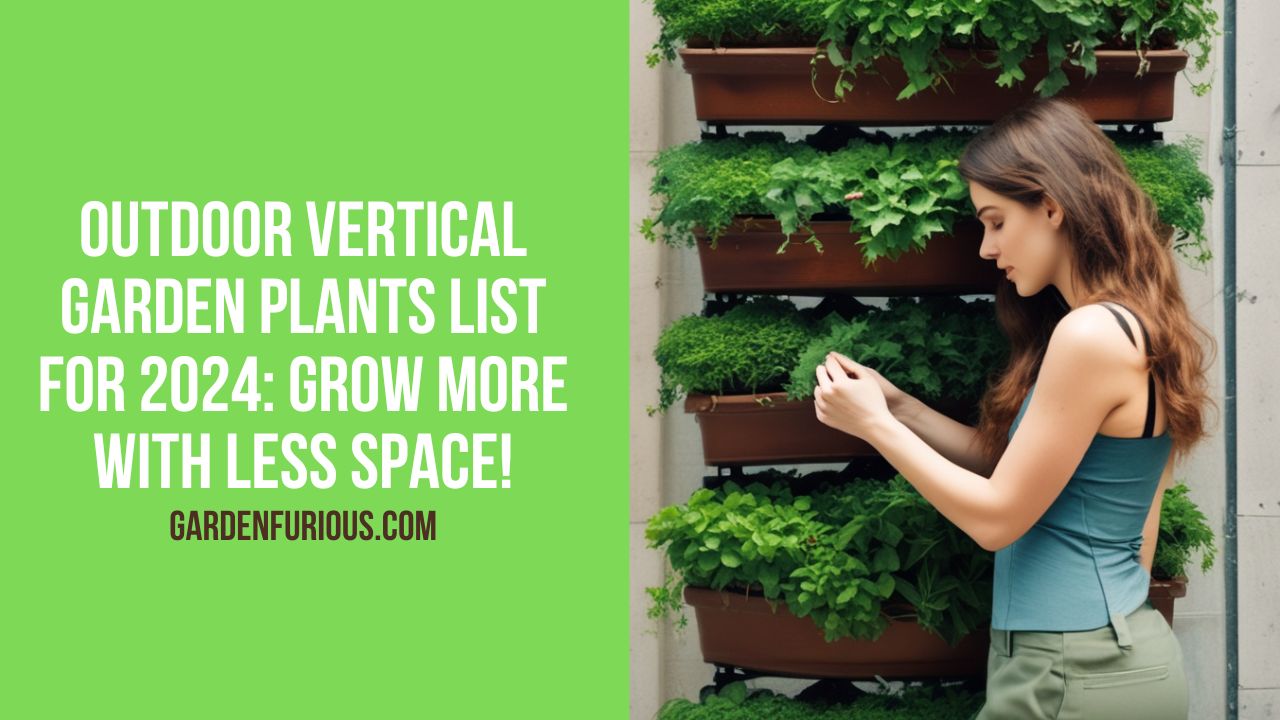Vertical gardens are an exciting way to bring nature into your home or outdoor space without using up valuable floor space. They offer a stunning display of greenery while contributing to improved air quality and a soothing environment. However, like any garden, a vertical garden requires proper care and maintenance to thrive. Whether you’re a seasoned gardener or a beginner, this guide will help you master the art of vertical garden care, from watering schedules to pest management, ensuring your garden stays lush and vibrant.
Choosing the Right Plants for Your Vertical Garden
The first step in maintaining a healthy vertical garden is selecting the right plants. When choosing plants, consider whether your garden is indoors or outdoors, as well as the amount of sunlight your space receives. Sun-loving plants such as succulents and certain herbs are ideal for bright areas, while ferns and mosses do well in partial shade. Always ensure that the plants’ height and root growth are manageable for the vertical setup
Watering and Irrigation
One of the most important aspects of vertical garden care is watering. Vertical gardens tend to dry out faster due to their structure, so it’s essential to monitor moisture levels. An automatic drip irrigation system can be an excellent solution, as it delivers water directly to the roots without wasting it on leaves, which can lead to fungal growth. Alternatively, for smaller gardens, self-watering planters or hand-watering with a watering can are effective options
To improve water retention, use a potting mix with moisture-retaining components such as peat moss. This will reduce the frequency of watering and help maintain consistent soil moisture
Fertilizing and Soil Health
Vertical gardens often have limited soil, so it’s crucial to provide your plants with enough nutrients. Use a slow-release fertilizer specifically designed for vertical gardens to ensure steady nutrient delivery. Be careful not to over-fertilize, as this can lead to imbalances and harm your plants. Refresh the soil annually, adding compost or organic material to replenish lost nutrients
Seasonal Care
Different seasons require different care strategies for your vertical garden. During the winter months, especially if you’re in a region with cold climates, reduce the frequency of watering as plants enter a dormant phase. For outdoor gardens, adding mulch helps retain warmth and moisture in the soil. Indoors, you can use grow lights to compensate for the shorter days and lower light levels
As spring arrives, it’s the perfect time to prune dead foliage and refresh your garden’s soil. Inspect your irrigation system for any clogs and ensure your plants are ready to thrive during the growing season
Pruning and Plant Management
Regular pruning is essential for maintaining a neat and healthy vertical garden. Pruning helps improve air circulation, reduces overcrowding, and keeps your plants from becoming leggy. Make sure to trim back overgrown plants that may be blocking light or crowding other plants. For climbing plants like tomatoes or cucumbers, use supports such as stakes or trellises to guide their growth
Pest and Disease Control
Vertical gardens are not immune to pests and diseases. Regularly inspect your plants for signs of common pests like aphids, spider mites, or whiteflies. Use eco-friendly pest control solutions like a mild soap and water spray to eliminate minor infestations. Additionally, introducing beneficial insects such as ladybugs can help keep pest populations under control. For indoor gardens, good air circulation can prevent fungal diseases
Lighting and Location
Proper lighting is critical for vertical garden success. If your garden is outdoors, ensure it gets the appropriate amount of sunlight, typically 5-8 hours per day for most plants. Indoor vertical gardens may require grow lights, especially in low-light areas or during the winter months. Adjust the light’s proximity to the plants as they grow to avoid burning the foliage
Maintaining the Structure
The structure of a vertical garden is just as important as the plants themselves. Regularly check that planters, frames, and supports are secure, especially in outdoor environments where wind or weather conditions might affect stability. If you’re using a mobile vertical garden, ensure that the wheels are locked or stabilized to prevent movement
Creative Design Ideas
Vertical gardens are as much about aesthetics as they are about function. Use contrasting plant textures and colors to create a visually striking display. Incorporating herbs into your vertical garden not only adds greenery but also provides fresh ingredients for cooking. Consider adding hanging baskets or unique containers like mason jars or old crates to give your garden a rustic, creative touch
Troubleshooting Common Issues
If you notice your plants are struggling, the issue could be related to watering, light, or nutrition. Keep an eye out for nutrient deficiencies, indicated by yellowing leaves or stunted growth, and adjust your fertilizing schedule accordingly. If plants appear leggy, they may not be receiving enough light. Adjust the garden’s placement to ensure better sun exposure or increase artificial lighting indoors
FAQs About Vertical Garden Care
How do I prevent water damage to my walls and floors?
If you’re concerned about water damage from your vertical garden, especially indoors, place trays beneath the plants to catch any excess water. For outdoor gardens, position them where water can naturally drain away
Can I grow a vertical garden in a small space?
Absolutely! Vertical gardens are perfect for small spaces since they utilize vertical surfaces like walls and fences. Indoors, you can use shelves or small hanging planters to make the most of your available space
What are the best plants for vertical gardens?
The best plants depend on your specific environment. Succulents and herbs thrive in sunny areas, while ferns and mosses prefer shaded spots. Always choose plants that are appropriate for the amount of light and space your vertical garden receives.
Conclusion
Taking care of a vertical garden might seem challenging, but with the right care routines, your green wall can flourish all year long. From choosing the right plants to maintaining a proper watering and pruning schedule, these tips will help you create a stunning and healthy vertical garden. So, get your hands dirty, and watch your garden transform into a lush paradise!






